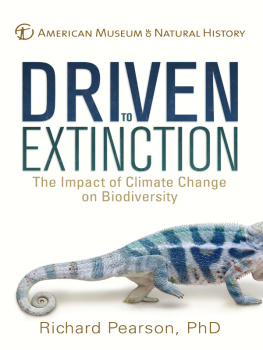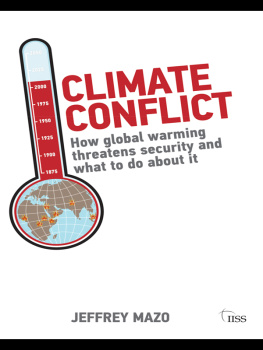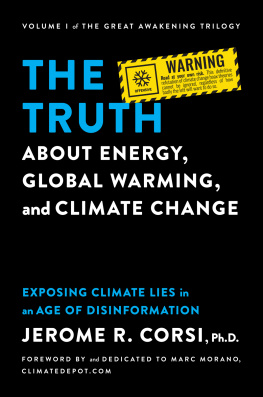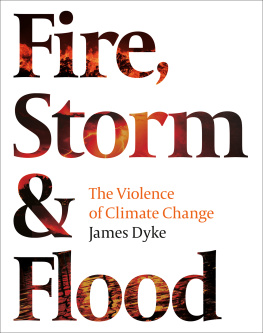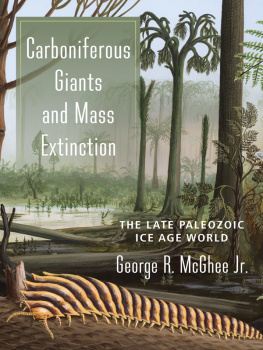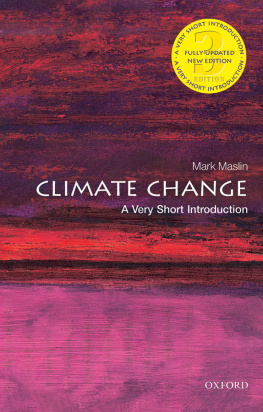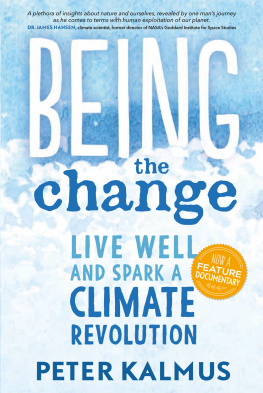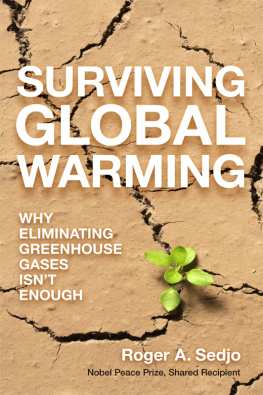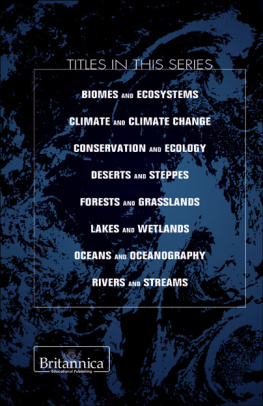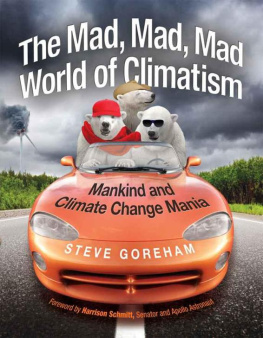
DRIVEN
TO
EXTINCTION
DRIVEN
TO
EXTINCTION
The Impact of Climate Change
on Biodiversity

RICHARD PEARSON, PHD

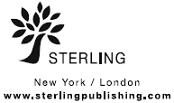
STERLING and the distinctive Sterling logo are registered trademarks of Sterling Publishing Co., Inc.
Library of Congress Cataloging-in-Publication Data Available.
10 9 8 7 6 5 4 3 2 1
Published by Sterling Publishing Co., Inc.
387 Park Avenue South, New York, NY 10016
2011 by Richard Pearson
Distributed in Canada by Sterling Publishing
c/o Canadian Manda Group, 165 Dufferin Street
Toronto, Ontario, Canada M6K 3H6
Distributed in the United Kingdom by GMC Distribution Services
Castle Place, 166 High Street, Lewes, East Sussex, England BN7 1XU
Distributed in Australia by Capricorn Link (Australia) Pty. Ltd.
P.O. Box 704, Windsor, NSW 2756, Australia
Design by Anderson Design Group AndersonDesignGroup.com
Cover photo of a Panther Chameleon Chris Mattison/age fotostock
Author photo by Denis Finnin, American Museum of Natural History
Manufactured in the United States of America
All rights reserved
This book has been printed and bound in a sustainable manner using recycled materials and soy-based inks.
Sterling ISBN: 978-1-4027-7223-8
For information about custom editions, special sales, premium and corporate purchases, please contact Sterling Special Sales
Department at 800-805-5489 or specialsales@sterlingpublishing.com.
CONTENTS
This book is about the threat that climate change poses to the diversity of plants and animals that inhabit Earth. According to some headlines, more than a million species could face extinction due to climate change during the twenty-first century. Debate on this topic has tended to be polarized by the viewpoints of catastrophists who fret that we are heading toward total disaster, and skeptics who insist that there is nothing to worry about. My goal in this book is to describe as accurately as possible the current understanding of this issue. I aim to explain the science behind the debate and evaluate in an unbiased and level-headed manner the risks that climate change poses.
My main argument is that climate change is a severe threat to many species. In particular, climate change amplifies the risk of extinction when combined with other threats, such as habitat destruction, overharvesting, and invasive species. However, I show that it remains extremely difficult to predict how bad future impacts will be and I warn against alarmist messages of impending catastrophe. In doing so, I wade into some pricklybut importantterritory concerning the role that scientists play in influencing public and political debate. Are scientists and environmentalists crying wolf over climate change?
There has been a huge amount of scientific research in recent years on the impacts of climate change, and my primary motivation for writing this book has been to communicate some of this fascinating and important science to a broader audience. The vast majority of information presented here is taken directly from articles published in peer reviewed scientific journals. Additional insights and tidbits of information that help make sense of the technical literature have been provided by colleagues (see ), but I have not adopted a journalistic approach of conducting interviews to provide content for the book.
It has not been my goal to provide an exhaustive review of studies that have been published on this topic. Rather, I have selected case studies that illustrate key concepts and that together link up to make a coherent, and I hope interesting, narrative. Wherever possible, I have selected studies to include a variety of organisms from different regions of the world, and I have paid particular attention to studies that illustrate how facts and figures provided by dedicated volunteerscitizen scientistscan be crucial for increasing our knowledge of the natural world.
In order to understand science, it is essential to understand scientific methods. I therefore aim to describe not only what we know, but also how we know itthe data, methods, and reasoning that led to a particular conclusion. For instance, I describe the various types of observations and models that have been used to predict future species extinctions due to climate change. It is necessary to appreciate how these predictions are made if we are to interpret them correctly and make informed decisions about how to respond to the threat.
I hope that this book will appeal to anyone with an interest in nature conservation and/or the broader climate change issue. I find that the details of the science can be perfectly well communicated while avoiding jargon and an excess of technical terms. In fact, my experience in writing this book has taught me that, far from leading to imprecision, the translation of scientific articles into readable essays for the nonspecialist in some cases actually increases precisionthere is no hiding flaky thinking or half-baked ideas behind technical terminology and impenetrable academic phrasing.
Climate change and nature conservation arelike it or notissues that are important for all of us. We must be armed with a clear understanding of the risks involved if we, as a society, are to make informed and reasoned decisions about the action that should be taken to face the challenges of the coming century. My hope is that this book contributes toward deepening that understanding.
A note on units: Metric units, such as meters and kilometers, are most commonly used in science and I have therefore mostly adopted these measures throughout the book. However, in departure from the scientific literature, I present temperature measurements in degrees Fahrenheit rather than degrees Celsius. This is because Fahrenheit remains the most commonly used temperature scale in America, especially when referring to climate and weather. A is included.


Millions of species
There are approximately 1.5 million species living on our planet that are known to science. This is roughly the number of species that have been observed, named, and assigned a place on the tree of life by biologists. Its only a rough estimate because there is no centralized list, so we cant do a single giant tally. Nevertheless, it is reasonable to assume that we are correct to within a few hundred thousand.
The number of species that are recognized by science increases by about 10,000 each year. Again, we dont know the number for sure, but this is more or less the capacity of the worlds biologists to name new specimens and write scientific descriptions about them. Contrary to what many people think, the discovery of unknown species is not at all rare. If you were to trek into a rarely visited tropical forest right now, youd be pretty much guaranteed to find an organism that is unknown to science within a few hours. Its unlikely to be a bird or mammal, but finding an insect or plant is not unreasonable. If you care to sink to the bottom of the deep sea in a submersible, then Ill give you just a few minutes to find a new fish.
Next page
